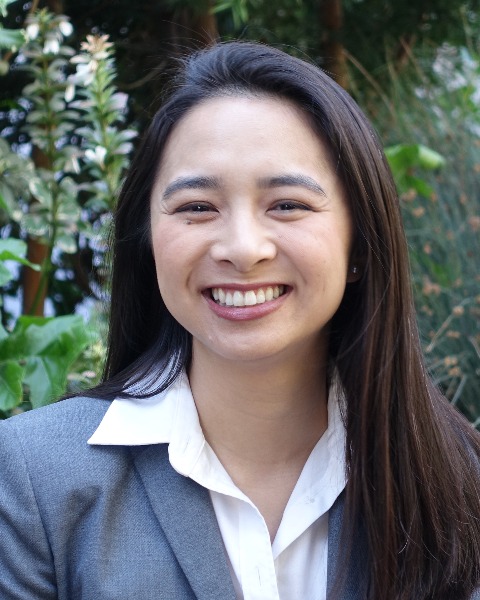Hospital Medicine: Systems/Population-based Research
Hospital Medicine 5
737 - Demographic Characteristics of Patients Treated with Nonoperative Management for Appendicitis
Monday, May 1, 2023
9:30 AM - 11:30 AM ET
Poster Number: 737
Publication Number: 737.414
Publication Number: 737.414
Margaret Nguyen, University of California, Los Angeles David Geffen School of Medicine, Los Angeles, CA, United States; Audrey Kamzan, UCLA Mattel Childrens Hospital, Los Angeles, CA, United States; Howard Jen, UCLA, Los Angeles, CA, United States; Steven L. Lee, UCLA Mattel Children’s Hospital, Los Angeles, CA, United States; Alexandra Klomhaus, University of California, Los Angeles David Geffen School of Medicine, Los Angeles, CA, United States; Monette Gretzel C. Veral, UCLA Mattel Childrens Hospital, Los Angeles, CA, United States; Deepa Kulkarni, UCLA Mattel Childrens Hospital, Los angeles, CA, United States

Margaret Nguyen, MD (she/her/hers)
Pediatric Hospital Medicine Fellow
University of California, Los Angeles David Geffen School of Medicine
Presenting Author(s)
Background: Appendicitis is the most common pediatric surgical emergency. Though surgery was previously the gold standard, nonoperative management (NOM) has been shown to be safe for select patients with uncomplicated appendicitis. Prior research has shown health disparities for patients with appendicitis, but none to our knowledge have demonstrated differences related to receiving NOM versus operative management (OM).
Objective: To determine differences in demographic characteristics of patients who received NOM versus OM.
Design/Methods: This is a retrospective chart review completed at a quaternary care children’s hospital with 2 campuses from 2013 to 2018. Patients who were less than 18 years old with an emergency department or inpatient encounter for appendicitis were included. Patients with past history of appendicitis, complicated appendicitis requiring drainage with interventional radiology, PICU admission at initial evaluation, or who ultimately had different diagnoses were excluded. Demographic data including sex, race, ethnicity, insurance type, preferred language, and social vulnerability index were collected. Chi-square and fisher’s exact tests were used to determine associations between demographic characteristics and management type.
Results: 429 patients were included in the study, with 144 undergoing NOM and 285 OM. There was a statistically significant association between management type (NOM or OM) and the patients’ preferred language (p=0.0375), but not with other sociodemographic characteristics (Table 1). Patients whose preferred language was English were more likely to receive NOM than patients whose preferred language was Spanish.
Conclusion(s): The results show that there is a significant association between preferred language and the type of treatment patients received for appendicitis. A limitation with our data is that it may underestimate the number of caregivers with a preferred language other than English. Since the medical record sometimes contains the patient’s preferred language, it may not always reflect the preferred language of the caregiver who consented for the treatment. Our next steps will be to determine if the implementation of an institutional clinical pathway for appendicitis in 2018 changed associations between patient demographic characteristics and treatment type among those who qualified for NOM.
.jpg)
